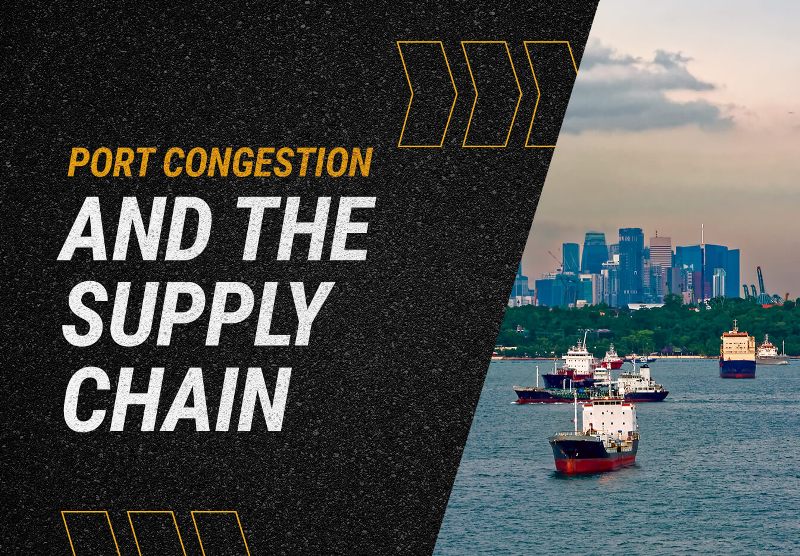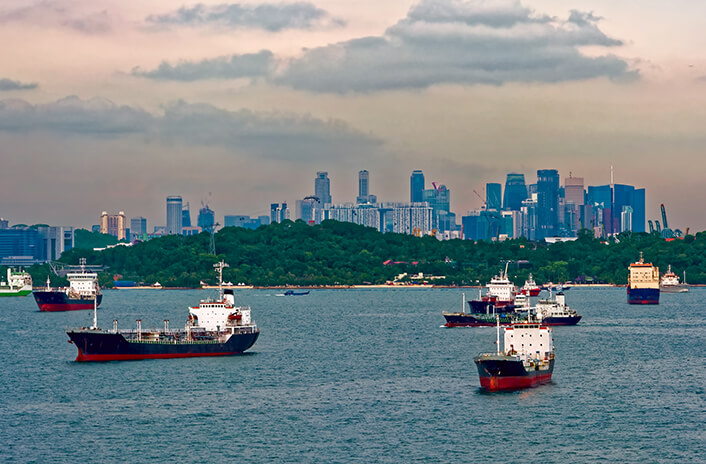
As we enter the logistics peak shipping season, there are a record number of cargo ships pouring into the nation’s top seaports, creating a bottleneck of epic proportions. Of course, disruption to the supply chain is hardly a new phenomenon; the industry is built around strategizing a number of variables every single day to deliver goods on time and without incident.
The past two years, however, have ushered in a new wave of “unprecedented” disruptors that create “new normals.” These include:
- New demand patterns (including e-commerce and home delivery)
- More frequent and severe weather
- Increasing political concerns (post-Brexit, new regulations)
- Critical shortages (containers, drivers, and adequately skilled workforce, etc.)
Currently, off the coast of California, a record (and rising) number of cargo ships are sitting idle, waiting for days (going on weeks), to unload their goods. As peak season continues into the holiday season, everyone across the supply chain — from suppliers and distributors to retail and last-mile delivery providers — will be greatly affected.

Impacts
A significant issue contributing to the coastal gridlock is that while the Southern California ports service more than 25% of America’s imports, they only operate during typical daytime business hours. An overall shortage of workers across many sectors thwarts an attempt to switch to around-the-clock operations.
In addition to the short-term challenges caused by port congestion — delays, spoilage, growing trend of companies over-ordering to ensure inventory — systemic changes are happening in the industry. For example, the size of ports and ships has increased in recent years, creating a significant rise in the overall workload (load/unload of freight as well as processing/verification, etc.)
Some delays create increased complexity. In certain industries, if too much time passes in shipping, the process must start all over again from the beginning. As a result, the cost of doing business is rising. If these challenges go unaddressed and port congestion becomes “the new normal,” the logistics industry will inevitably develop a reputation as less reliable and efficient.
Solutions
It can be easy to feel overwhelmed or helpless in the face of so much disruption. But some strategies can yield relief and even success. Undoubtedly, those across the supply chain that increase and leverage insights will gain advantages. It has become all too clear that legacy processes are no longer adequate. Automation has become a crucial tool in understanding what is happening across all parts of the supply chain. Tracking and monitoring, cost and fee assessment, and logistical visibility benefit the most from technological advancements.
EASE understands the absolute imperative of staying ahead of the curve to mitigate as much disruption. It’s also why we rely on state-of-the-art tracking technology to ensure we know exactly where your shipment is at every stage of its journey, providing real-time proof of delivery.
Stay tuned as we track recent developments and provide insightful updates on this fluid situation in the coming weeks. Read part 2.
Contact us today for innovative solutions to your transportation needs.


